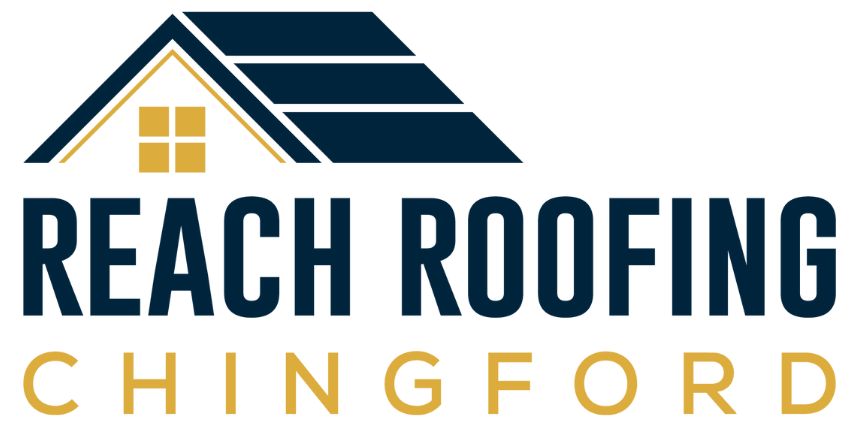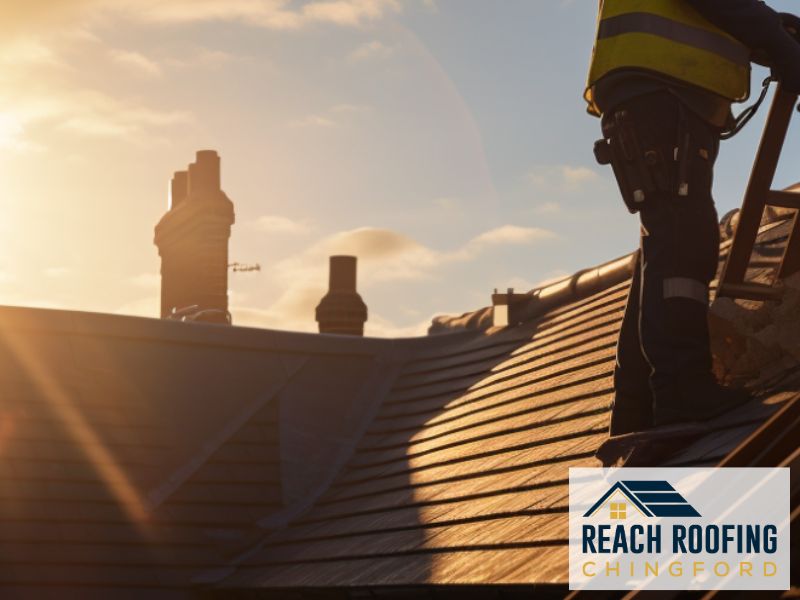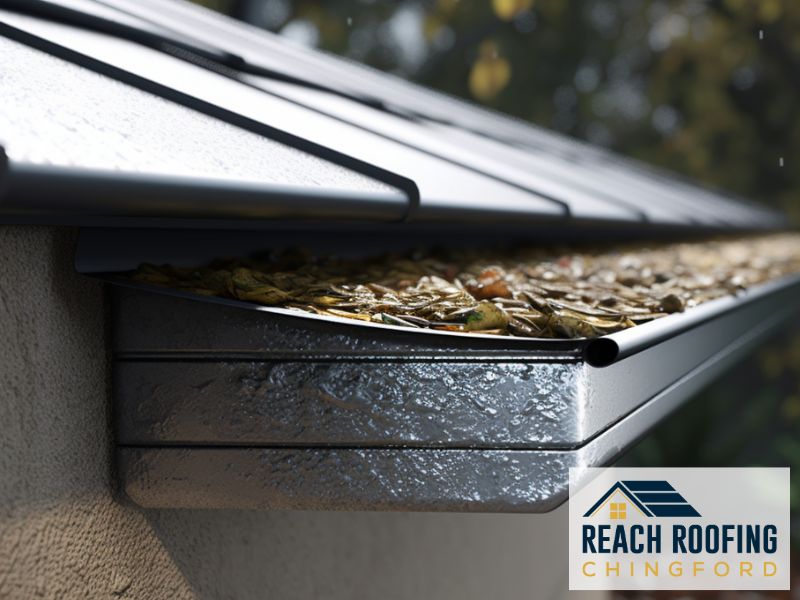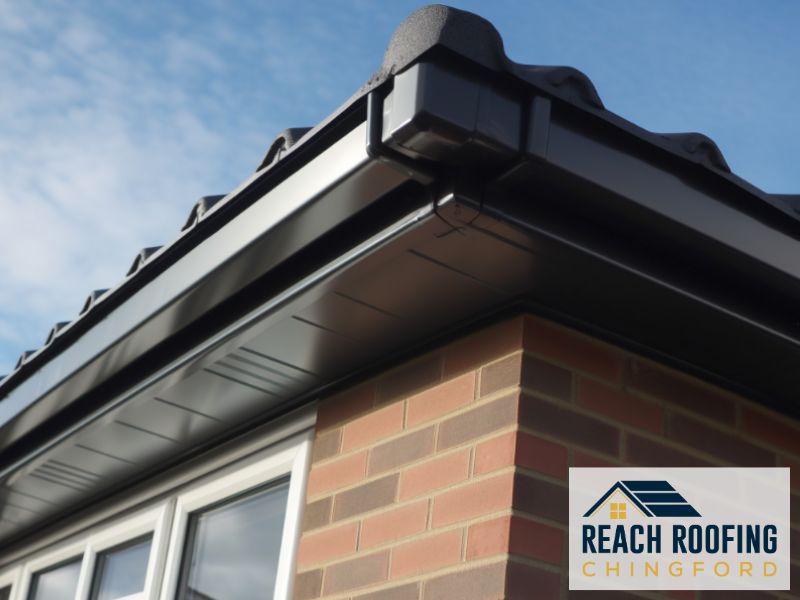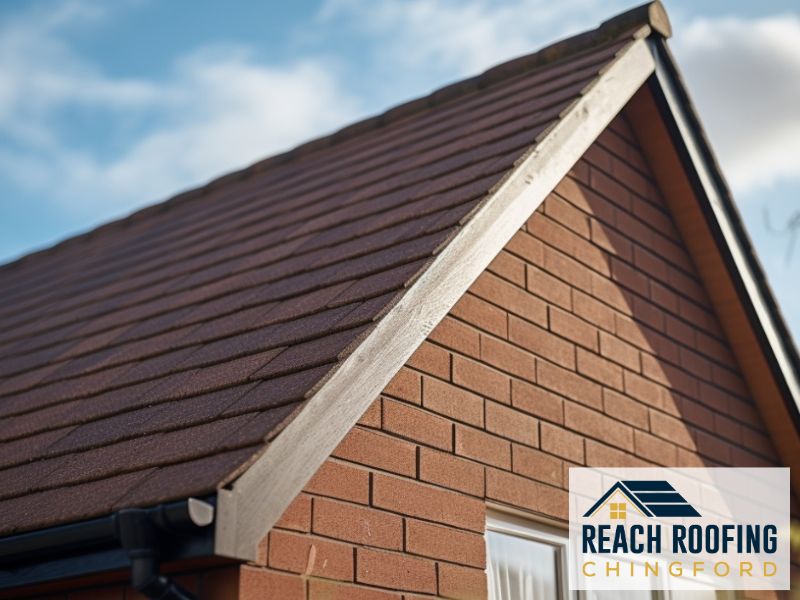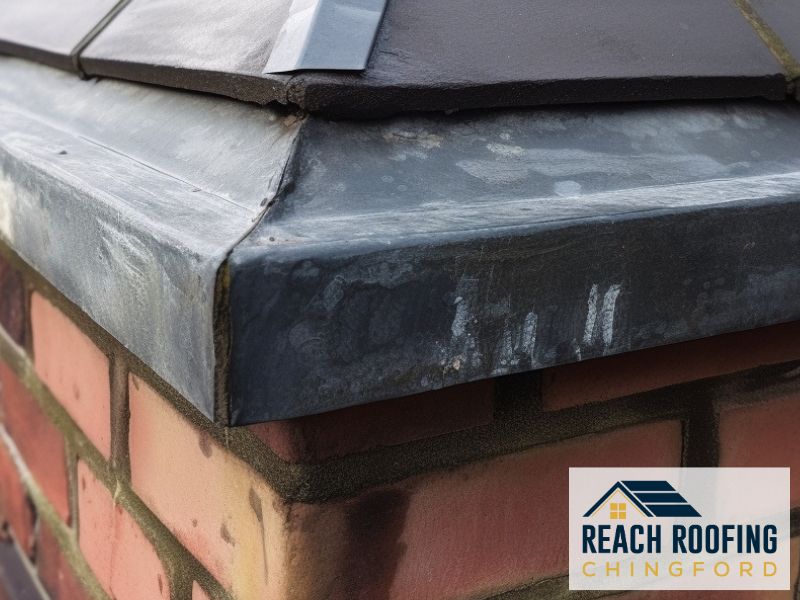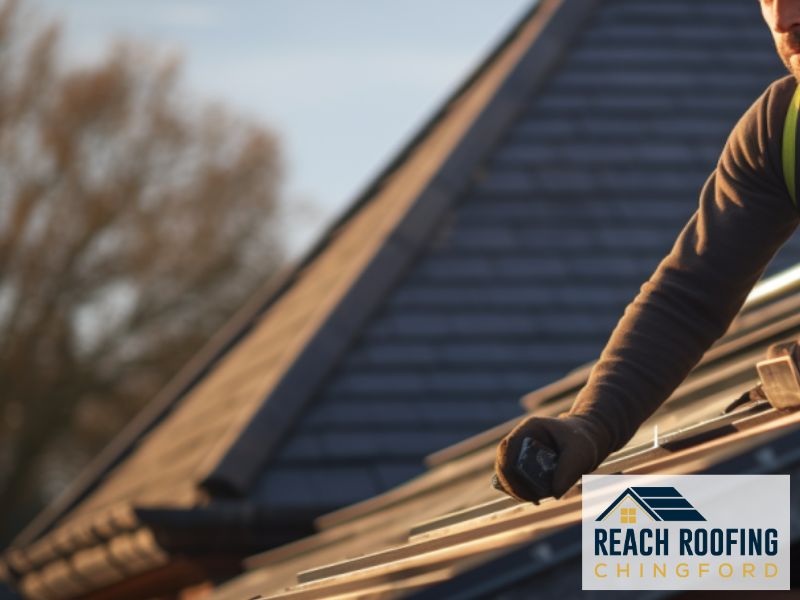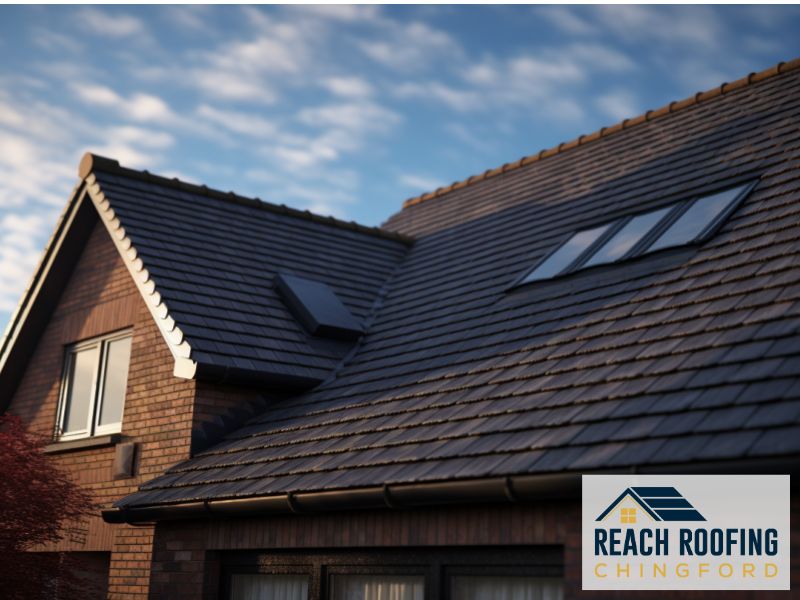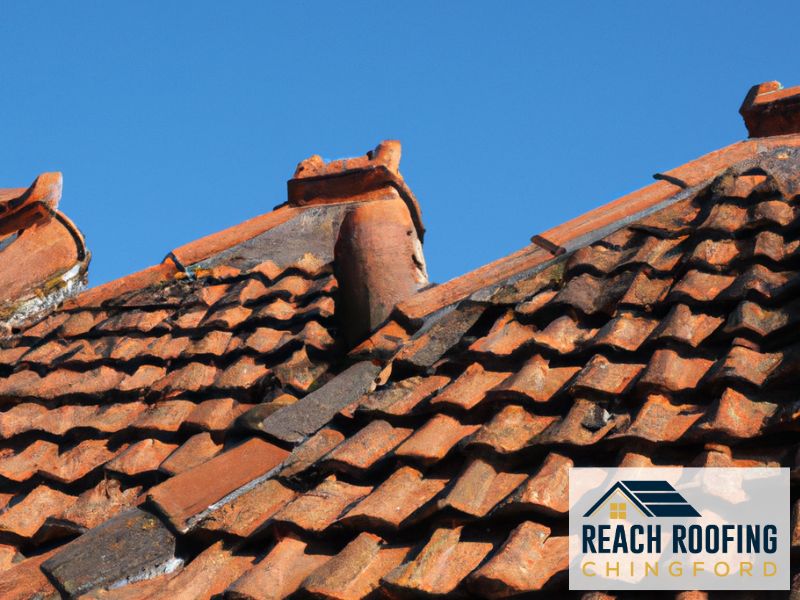A roof is one of the most important components of any property, providing critical protection from the elements. As such, it is vital to properly maintain your roof to ensure it continues functioning as intended. This raises an important question – should you replace your roof even if it is not actively leaking? There are pros and cons to consider when making this decision.
The condition and age of the roof, severity of any damage, comparisons of repair vs replacement costs, and impact on property value are all key factors to weigh when deciding if roof replacement is worthwhile before leaks occur. Keep reading for a detailed guide on assessing if and when to replace a non-leaking roof as a UK homeowner.
Signs Your Roof Needs Replacing Before It Leaks

Before exploring the reasons for replacing a functioning roof, it is important to understand the signs that your roof requires replacement even if not yet leaking.
Visual Inspection Findings
Conducting regular visual inspections of your roof is critical for identifying issues early. Some concerning signs that may indicate a full roof replacement is needed include:
- Missing, cracked, curled, or broken shingles: Damaged shingles compromise the roof’s weatherproofing ability. A few damaged shingles can be repaired, but widespread damage indicates material failure.
- Shingle granule buildup in gutters: This debris is a clue that shingle adhesion is failing and material wearing prematurely.
- Sections of roof sagging or uneven: Sagging areas or soft spots signal the roof decking is damaged or waterlogged. This compromises structural integrity.
- Curled or blistered exterior wall flashing: As this protective membrane separates from the wall, openings for leaks develop.
- Exposed nail heads at roof edges and ridges: Nail heads should be fully covered by roofing material. Exposed nails indicate shrinkage and weathering issues.
- Ponding water: Standing water accelerates wear by increasing weight loads. Even if not yet leaking, sections holding water after 48 hours indicate replacement needs.
Interior Warning Signs
In addition to exterior inspection findings, certain conditions inside the attic or home may also suggest full roof replacement should be considered:
- Water stains on ceiling or walls: Even minor staining strongly indicates exterior weatherproofing failure and moisture ingress. Stains represent already advanced issues.
- Mold, mildew, or rotten smells in attic space: Trapped moisture supports microbial growth compromising sheathing and rafters if left unchecked.
- Higher than normal energy bills: Heat loss through a deteriorated roof often substantially increases energy usage. This signals poor insulation and air sealing.
Paying attention to these warning signs allows roof issues to be addressed before they progress to the point of leakage into occupied spaces below.
Key Factors Influencing the Decision to Replace a Functioning Roof
If your roof evaluation reveals developing damage, deficiencies, or advanced age despite an absence of leaks, deciding whether to pursue roof replacement hinges on several considerations:
Age and Expected Lifespan
The first major factor is the current age of your roof compared to the typical lifespan of its roofing material. The expected service lives of common UK residential roof types are:
- Slate: 80-150 years
- Clay tiles: 75+ years
- Concrete tiles: 60+ years
- Asphalt shingles: 15-25 years
Environmental conditions impact longevity as well – roofs in areas with extreme weather wear faster. If your roof is nearing or exceeding these lifespans, replacement may be wise even without active leakage.
Severity of Damage
The extent and severity of any damage observed on inspection should guide the replace vs repair decision if the roof is aging but waterproofing remains intact:
- Localised damage: Minor issues like a few missing or cracked shingles likely only require spot repairs and are not cause for full replacement.
- Widespread wear: Extensive damage spanning multiple roof planes or material failure across large sections does warrant replacement.
- Structural issues: Compromised roof decking integrity means the entire roof system requires rebuilding.
Serious deficiencies left unaddressed lead to eventual failure, so replacement avoids further deterioration.
Cost Comparison
Comparing the projected costs for roof repairs versus full roof replacement helps determine the better investment:
- Short term savings: Spot repairs provide immediate relief of damage and defects more affordably. However, underlying material failure will continue progressing.
- Long term value: Pre-emptive roof replacement is a larger up front cost but protects against far more expensive emergency repairs later and extends the roof’s lifespan.
Crunching the numbers for your particular situation assists in deciding which option saves money long term.
Weighing the Pros and Cons of Early Roof Replacement
To help decide if replacing your roof before leaks develop makes sense for your home, consider the key advantages and potential drawbacks:
Benefits of Proactive Roof Replacement
- Avoid emergency repairs: Taking preventative action pre-empts leakage, allowing roof replacement on your schedule before disaster strikes at an inconvenient time. This also reduces secondary water damage expenses.
- Maintain structural integrity: Rebuilding before decking and rafters are compromised safeguards your home’s structural stability.
- Sustain kerb appeal and resale value: An aging roof detracts from aesthetics and home value. Roof replacement buffers resale prices.
- Boost energy efficiency: A new roof often improves insulation and air sealing, lowering heating and cooling costs long term.
- Qualify for roof guarantee incentives: Many roofing guarantees require installation before leaks develop to remain valid.
Potential Drawbacks to Consider
- Significant upfront investment: Costs for roof replacement in the UK often range from £3,500 – £7,000 depending on factors like roof type, size, accessibility issues, and location.
- Inconvenience: Extensive roof works generate noise, debris, and access issues that may require temporary accommodations. This ranges from a couple days for small roofs to potentially 2-4 weeks for larger or complex projects.
- Environmental impact: Roof replacements ultimately send additional construction waste to landfills. Sustainability focused homeowners may view this as undesirable if the existing roof still has some service life left.
Overall, evaluating the condition risks against the benefits of proactive replacement provides helpful insight on optimizing this major investment.
Frequently Asked Questions When Considering Non-Leaking Roof Replacement
Several common questions arise for homeowners assessing if and when to replace a roof that is not yet leaking.
Can I Delay Roof Replacement if There Are No Leaks?
- While the absence of leaks may make replacement seem less urgent, this can be misleading about the roof’s true condition. Failing to address underlying issues like age, damage, and deterioration carries significant risks:
- Continued degradation can progress undetected until failure occurs. This causes exponentially more severe issues like major leaks, mould outbreaks, collapsed decking, and structural instability.
- Emergency repairs or rebuilding performed after failures happen typically cost thousands more compared to planned replacement on your schedule.
- Letting problems escalate until a roof leaks often leads to secondary interior water damage. The expenses to repair walls, ceilings, insulation and mitigate mould quickly add up.
- Ultimately, while counterintuitive, roof replacement before leakage starts allows you to stay ahead of damage progression and avoid catastrophic failures. This prevents exponentially higher repair bills down the road.
How Frequently Should Roof Inspections Occur?
- Conduct visual inspections of your roof at least twice per year – once in spring and again in autumn:
- The freeze/thaw cycles of winter and subsequent spring rains tend to accelerate roof wear. Inspect for new damage after winter passes.
- Clear debris buildup and reseal any openings where required after the spring evaluation to prepare the roof for summer storms.
- High winds, driving rain, and dramatic temperature swings place demands on roofing materials over the summer and early autumn. Assess condition again before winter arrives.
- Additionally, perform inspections after severe storms with high winds or hail pass through your region. These weather events often cause hidden damage that requires prompt attention to avoid leakage.
- Beyond regularly scheduled inspections, keep an eye out for warning signs like interior water stains year round and investigate immediately if anything concerning develops.
What Are Some Alternatives to Complete Roof Replacement?
If inspection findings reveal your roof is aging but still waterproof, interim solutions to extend its service life exist as lower cost alternatives to full replacement:
- Roof coatings and sealants: Applying specialized protective treatments improves weatherproofing and prevents further degradation. Used proactively, coatings can add years of remaining useful life.
- Isolated repairs: Repairing only clearly damaged or missing sections maintains roof functionality at a fraction of replacement cost. However, repairs should not be used to patch over widespread material failure.
- Roof ventilation improvements: Enhancing attic ventilation mitigates heat and moisture damage to roof sheathing caused by poor airflow. This slows wear and tear.
- Solar shields: Installing reflective barriers above the roof decking reduces heat absorption helping cool the roof and maintain material flexibility. This expands roof lifespan.
Discussion with your roofer helps determine if any of these solutions adequately address identified deficiencies without requiring full replacement at this time.
Roofing company Chingford advises on proactive roof replacement to prevent potential damage, emphasizing the importance of assessing roof age and wear.
Thanks for reading our post, feel free to check out our other services:
- Chimney Repairs
- Commercial Roofing
- Flat Roofing
- Guttering, Soffits and Fascias
- Lead Roofing & Leadwork
- Pitched Roofing
- Roof Repairs
- Roof Replacement & New Roofs
- Skylights & Roof Windows
- Slate Roofing
